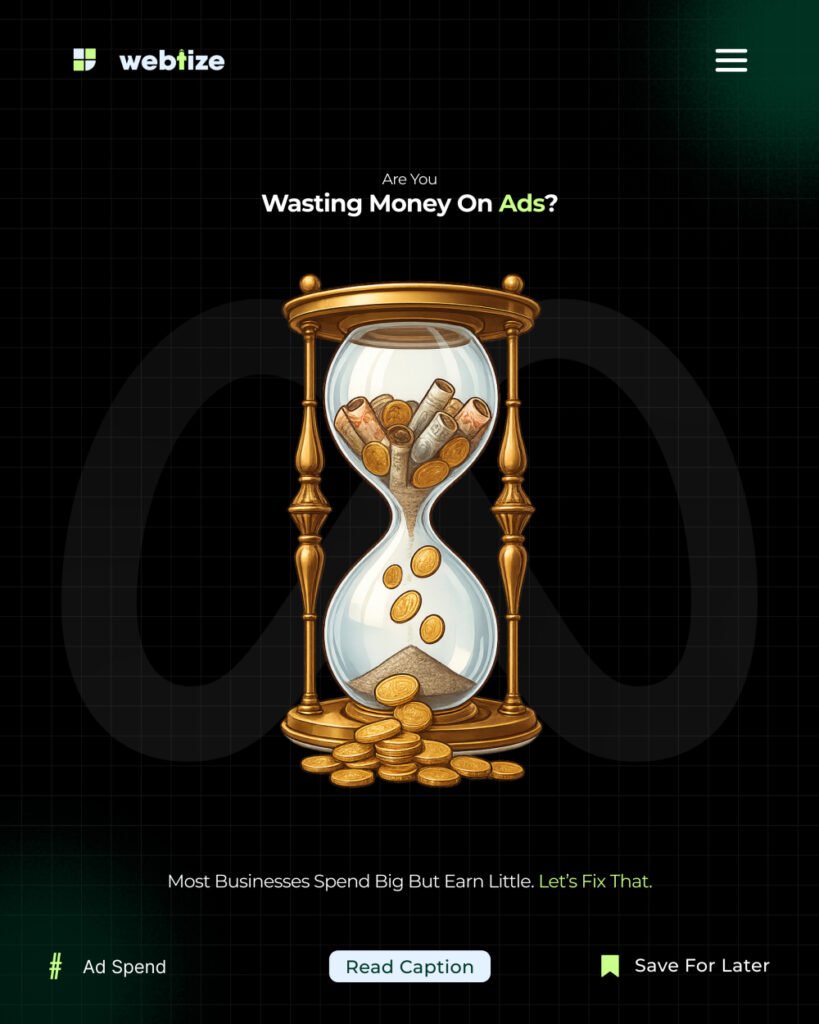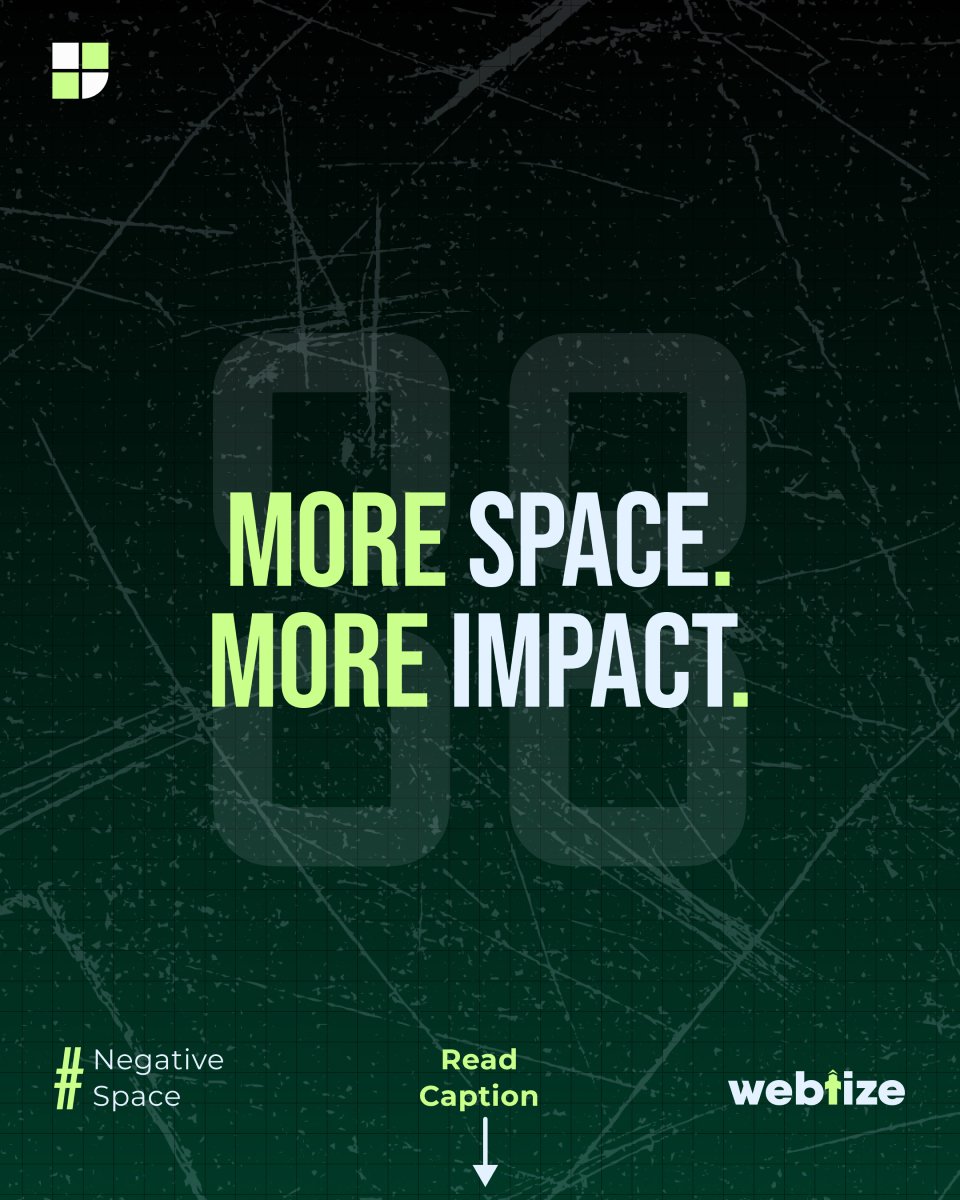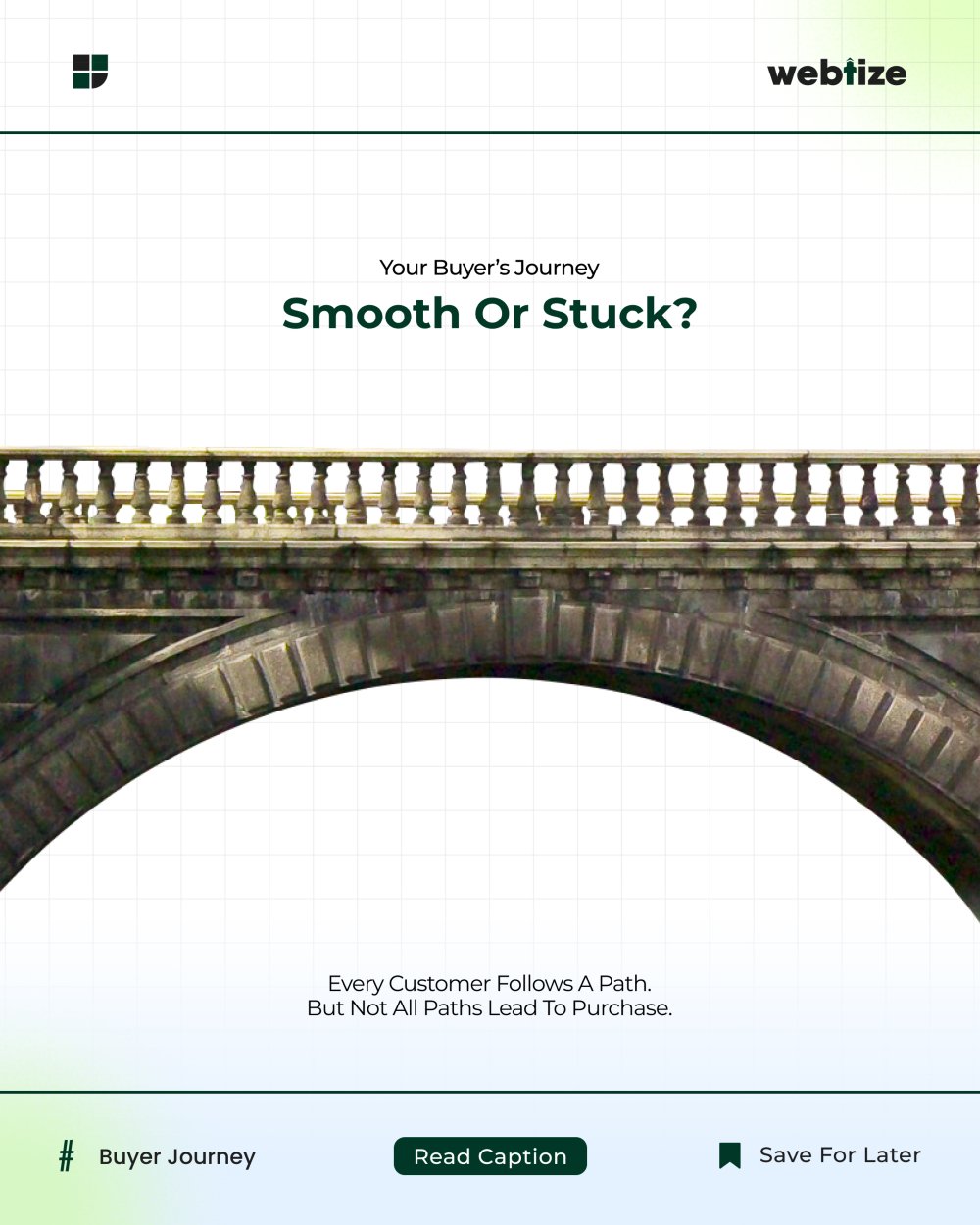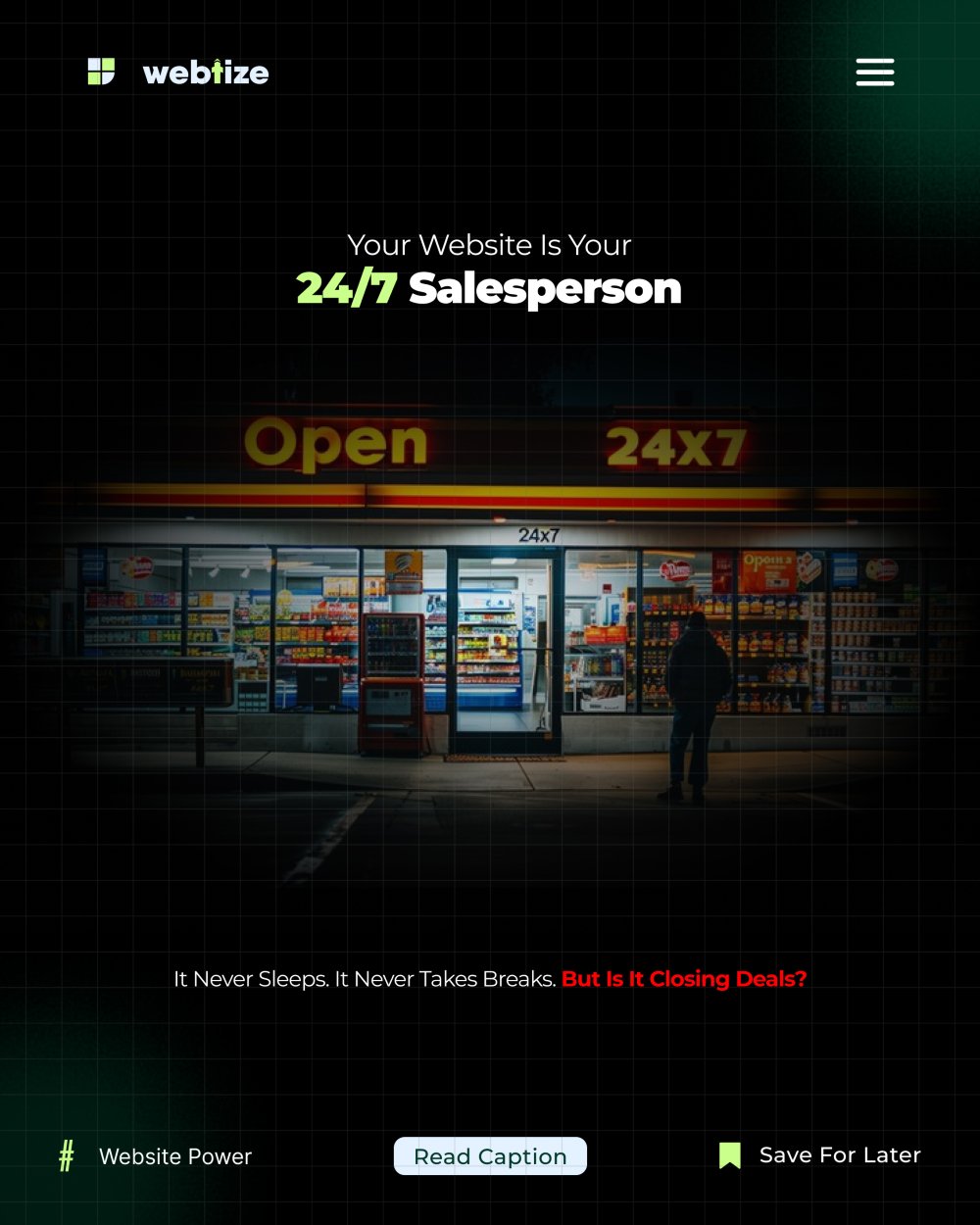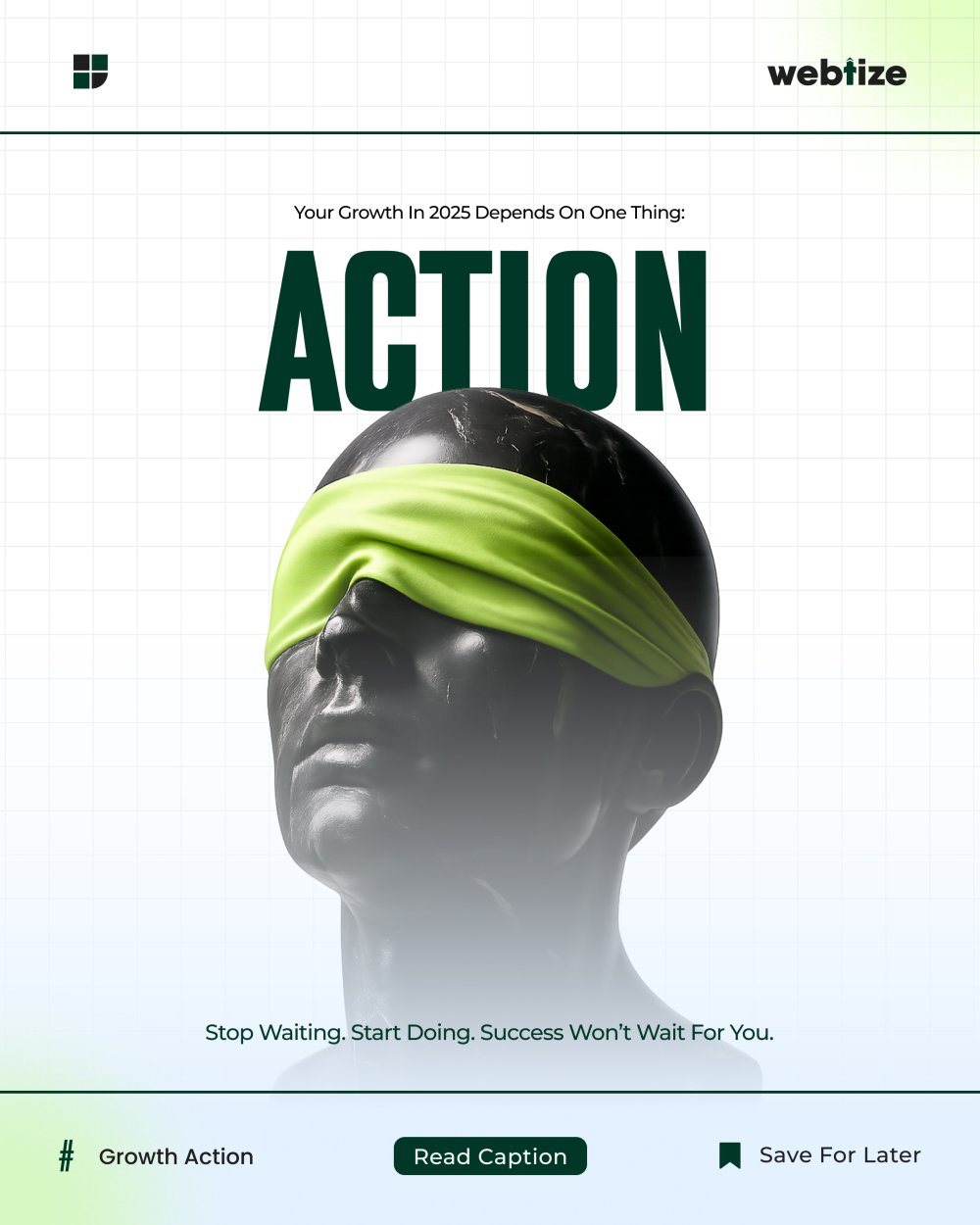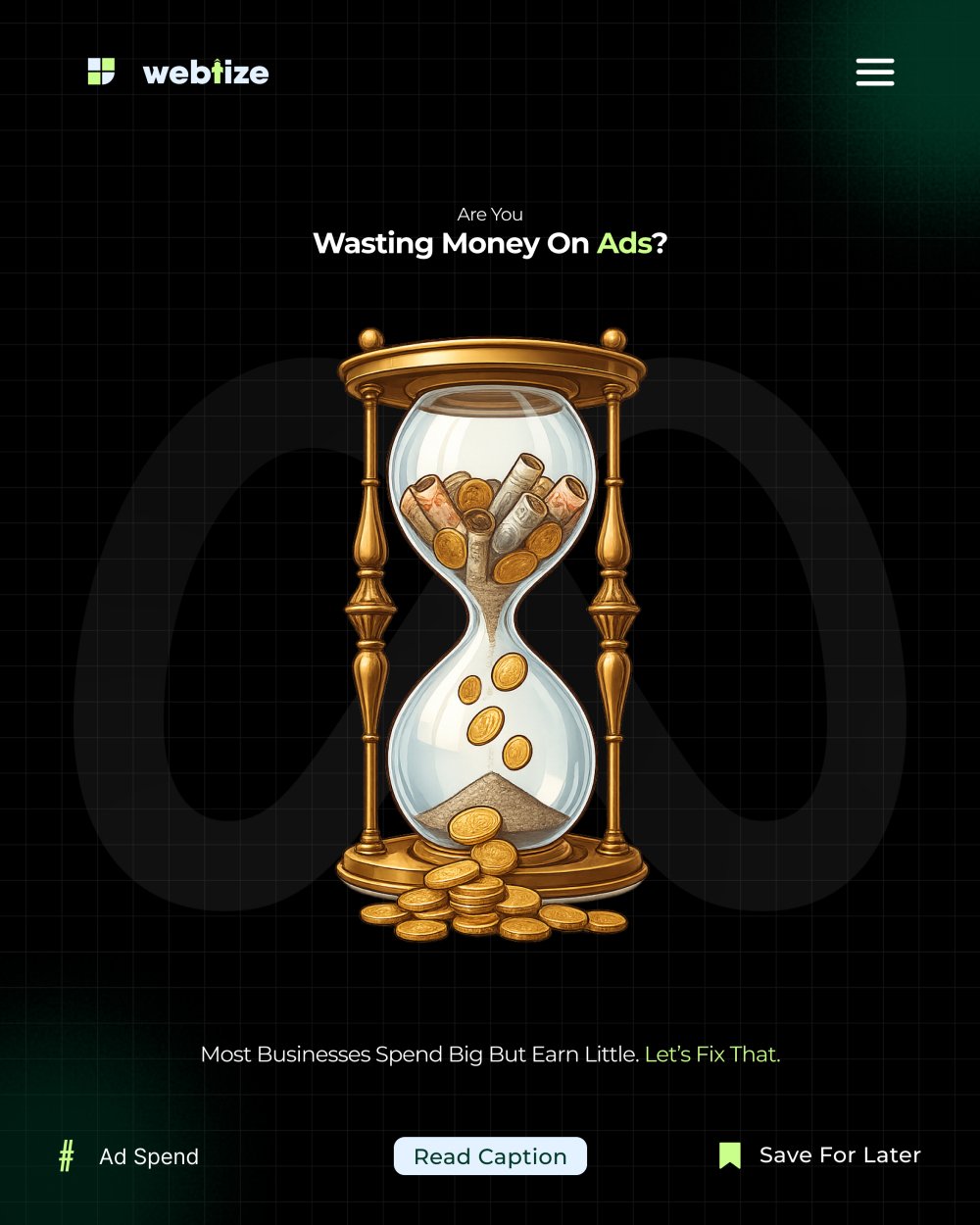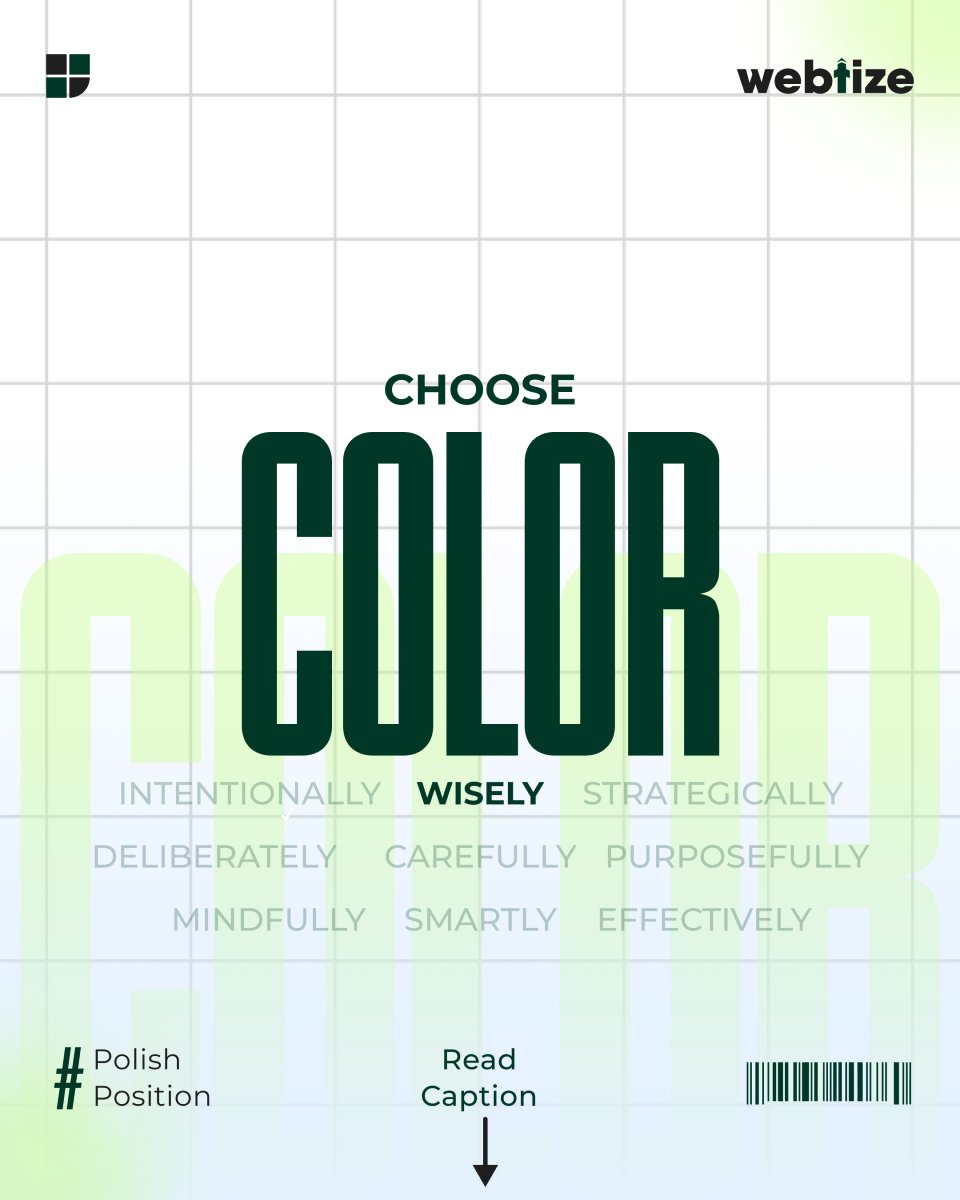Every dollar counts. If your campaigns are not optimized, you are not just spending, you are donating budget to the platforms. The fix is practical. Google and Meta ads optimization comes down to four pillars: target the right audience, track conversions accurately, test creatives methodically, and scale with data. Get these right and you will lower CPA, raise ROAS, and create a system that improves every month.
Target right: align intent, audience, and bidding
On Google, pairing broad match with Smart Bidding expands qualified reach while the auction sets the right bid for each query. This approach surfaces new, relevant searches you would not capture with exact lists alone and is now easier to A/B test directly.
- Start with your highest-quality keywords, then test broad match inside a Smart Bidding campaign against your current setup. Measure net conversions and conversion value, not just CPC.
- Keep a tight negative list and clear landing page signals so broad match has strong context. Google’s match-type guidance explains how related queries are matched.
On Meta, anchor targeting in first-party signals. Let the delivery system optimize to conversions you actually value by feeding higher-integrity event data through the Conversions API alongside pixel events.
Track conversions: measure what makes money
Optimization is only as good as your signals. Set up primary conversions that mirror real value—purchases with revenue, qualified leads with weighted values, or subscription starts. In Google Ads, create website conversion actions, deploy the Google tag or GTM, and verify firing and deduplication before bidding.
Once tracking is clean, upgrade to value-based bidding to maximize revenue or profit, not just volume. Maximize Conversion Value will allocate spend toward queries that deliver higher assigned values, and Google documents how to apply it across campaign types.
On Meta, implement the Conversions API to improve event match quality and resilience against browser limits. Follow Meta’s best practices for parameters, deduplication with pixel events, and post-implementation validation.
Test creatives: learn fast with structured experiments
Creative is the biggest lever on Meta and increasingly important on Google’s visual surfaces. Use native A/B testing to compare one variable at a time—image, headline, hook, or call to action—and run tests to statistical significance before rolling winners into BAU spend.
Practical testing rhythm
- Define the hypothesis and success metric (e.g., lower CPA or higher conversion value per impression).
- Launch two clean variants, hold audience and budget constant, and let the platform split traffic.
- Promote winners; archive losers; document learnings for the next iteration.
Scale smart: bid to value and remove friction
After you have reliable signals and a repeatable testing loop, scale with intent:
- In Google Ads, shift high-confidence campaigns to Maximize conversion value with targets aligned to margin. Expect the strategy to spend your budget; its second job is to maximize value, so set realistic budgets and targets. More info at Search Engine Land
- In Meta, consolidate where possible, keep learning intact, and raise budget gradually on proven ad sets. Ensure events, values, and attribution windows reflect your sales cycle so the optimizer learns the right patterns.
Parallel to bidding, remove on-site friction. Faster pages, clearer CTAs, and simpler forms convert more of the traffic you pay for—amplifying every improvement you make in ads.
A 30-day optimization plan you can ship now
Week 1 — Fix measurement
- Google Ads: audit conversion actions, enable enhanced conversions or server-side where relevant, and verify the tag in GTM Preview or Tag Assistant.
- Meta: implement Conversions API with correct event parameters and deduplication; validate with the Events Manager diagnostics.
Week 2 — Tighten targeting
- Google: run a campaign experiment to test broad match + Smart Bidding against your current match types. Keep negatives curated.
- Meta: refresh seed audiences, exclude converters, and ensure highest-value events are prioritized.
Week 3 — Creative A/B tests
- Meta: use Experiments to test two hooks or concepts; promote the winner account-wide.
- Google: test RSAs with distinct pinning strategies and asset variants; evaluate by conversion value per impression.
Week 4 — Scale to value
- Shift mature campaigns to maximize conversion value with realistic ROAS or tROAS targets where available; expand winners modestly and re-test creatives monthly.
Troubleshooting checklist when results stall
- Low or noisy signals: consolidate conversion actions; remove micro-conversions from bidding sets.
- Learning never exits: reduce fragmentation; combine ad sets or ad groups; ensure daily budgets fit expected CPA/ROAS.
- Creative fatigue: rotate formats and hooks; refresh top performers every 2 to 4 weeks on Meta using A/B tests.
- Mismatch between bids and value: assign accurate values to events; confirm they populate in reports; then re-enable value-based strategies.
Work with Webtize
If you want a plan that turns wasted spend into compounding returns, Webtize can help. We fix tracking, rebuild audiences, run disciplined creative testing, and bid to value. Explore services at https://webtize.co/ and contact the team at https://webtize.co/contact/. Together we will make Google and Meta ads optimization your growth engine

